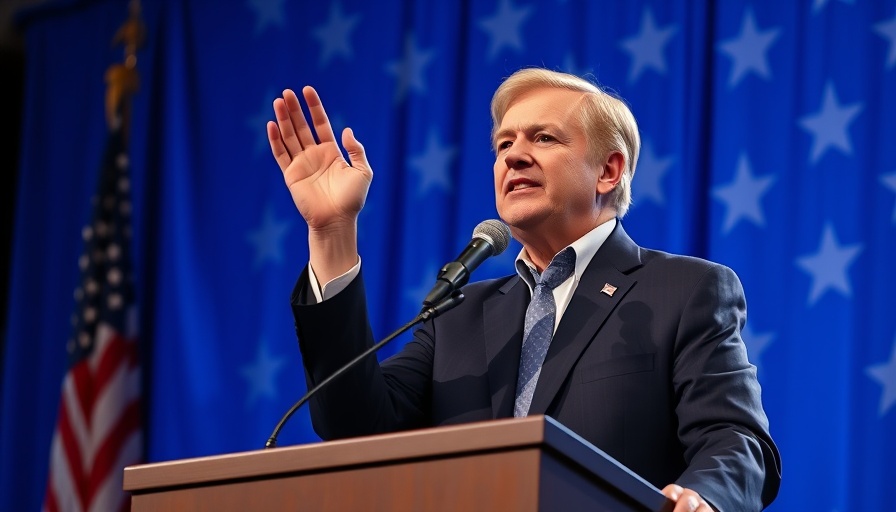
The AI Legislative Landscape: A Tumultuous Journey Ahead
Recently, Virginia's Governor Glenn Youngkin made headlines by vetoing the High-Risk Artificial Intelligence Developer and Deployer Act, which sought to mitigate algorithmic discrimination and improve oversight of AI systems. This decision aligns with a broader shift in regulatory perspectives following President Trump’s executive order, emphasizing innovation over regulation. While Youngkin’s veto represents a significant retreat from proactive governance, it raises pressing questions about the future of AI regulation in the U.S.
The Divide: Red States vs. Blue States in AI Regulation
Experts observe a growing divide in AI legislation between states with differing political ideologies. Youngkin’s veto signals a trend where red states lean towards deregulation, potentially endangering consumer protections. By contrast, blue states like California and New York are likely to spearhead efforts for stricter regulations that safeguard against the potential harms of AI technologies.
What Other States Are Doing: California and New York Take the Lead
Taking cues from the national landscape, California Governor Gavin Newsom vetoed a bill that would have imposed strict requirements on AI providers, emphasizing the need for focused regulations that account for high-risk usage rather than broad strokes that may hinder innovation. Meanwhile, New York’s regulatory bodies are honing in on cybersecurity and discrimination risks, indicating a proactive approach to emerging threats in AI.
Proactive Measures: What’s Being Proposed?
Despite the vetoes from Virginia and California, other states are taking steps to implement regulations that could serve as a model for larger federal policies. For instance, Colorado's self-reporting requirement for potential discriminatory AI practices pushes developers to recognize and address risks proactively. As AI continues to evolve, such measures could lead to significant shifts in how companies approach algorithm deployment.
The Impact of Federal Policies on AI Regulation
As states adopt varying degrees of regulation, there is an opportunity for the federal government to intervene. Federal policies could create a unified framework that ensures consumers are protected while also promoting innovation in technology. This balance will be crucial as the implications of AI touch multiple aspects of life, from employment to privacy rights.
What's Next for Virginia and Other States?
With Virginia's recent development, there is a renewed call-to-action for advocates to push for AI regulations that can protect citizens while maintaining industry viability. As stakeholders from both political realms weigh in, anticipating public sentiment will be vital in shaping the future of AI governance.
In summary, the landscape of AI regulation is rapidly evolving, with states taking different approaches based on political beliefs. Moving forward, the challenge will lie in reconciling innovation with the need for safeguards against discrimination and harm in AI applications. Understanding these dynamics will be crucial for advocates, technologists, and consumers alike as they navigate the complex interplay between technology and policy.
Call to Action: Take Action! As an AI enthusiast, it’s essential to stay informed and voice your opinion on AI regulations in your state. Advocate for responsible AI development that keeps both innovation and consumer safety at the forefront.
 Add Row
Add Row  Add
Add 




 Add Row
Add Row  Add
Add 

Write A Comment